Di Gregorio Associati's cinematic pergola frames a rural Italian home
A concrete pergola becomes a frame for the landscape, and a sculptural transition between interior and exterior, at a house in the Emilian countryside

In the lush green environs of the Italian Emilian countryside, at the foot of the Parmesan Apennines on the edge of a vineyard, Di Gregorio Associati has cloaked an old rural house in a floating concrete pergola – and given the house itself a total modernist makeover.
While the Monticello House has been transformed, much of its design was translated from the original simple barn architecture – volumes have been expanded, openings widened and glazed, bricks restored and rebuilt. The new concrete frame is another extension, and the defining element that gives the house its new identity. The bold structure responds directly to the scale of the house, yet quite sensitively never actually touches the house.

‘The interstitial space, the void, located between the bricks of the ancient manufacture and the new concrete frame, ideally represents the intimate relations between past, present and future, on which the house is constantly interrogating, silently lying on the ground to which it belongs,’ says lead architect on the project Francesco Di Gregorio, who is son of Gianni Di Gregorio, founder of the more than 30-year-old practice.
Plants will soon find their way between these interstitial spaces, softening the square columns and tumbling over the platform edges – just like Di Gregorio intended.
RELATED STORY

Each new exterior cube in the concrete frame responds to an interior space that consequently doubles in size with its mirror image reflected back at it. And the architects’ use of glass walls and exposed concrete finishes on the ceilings magnifies this illusion even further. Inside, smooth lines and clean volumes create a minimalist stage for living.
Volumes of European oak hide facilities and in-built storage and the interior brick walls of the original house have been upholstered with German fabrics, Italian ceramics and quartzite from the nearby Val Taro river.
It’s perhaps not surprising that the architect of this cinematic vision of unfolding frames, echoing exterior and interior landscapes and the weaving of nature and concrete, is in fact also an associate producer at Paris-based film production company ZID Films. And that Di Gregorio, born 1985, studied architecture in Mendrisio under Mario Botta, the master of bridging concrete geometry and organic forms in architecture.

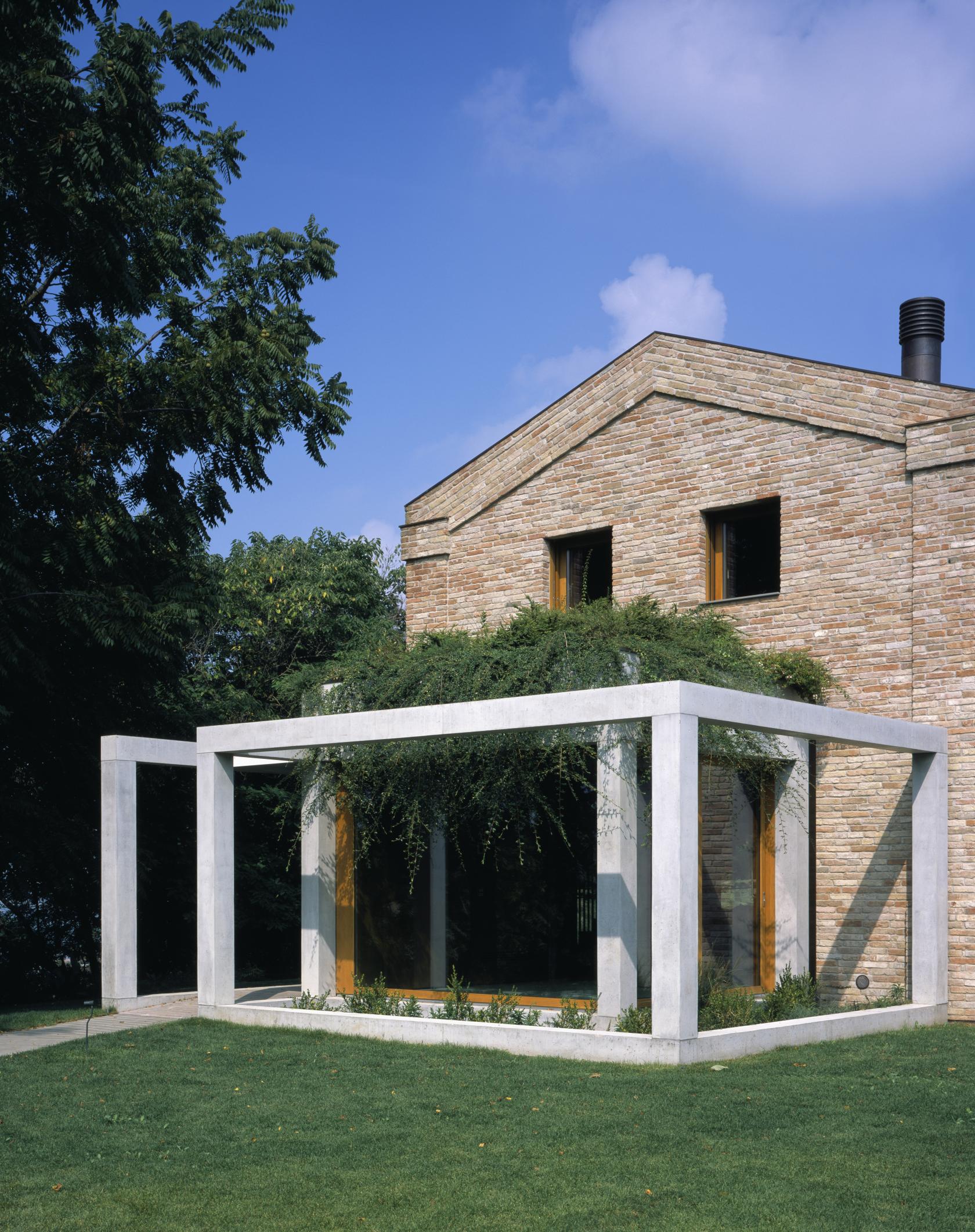

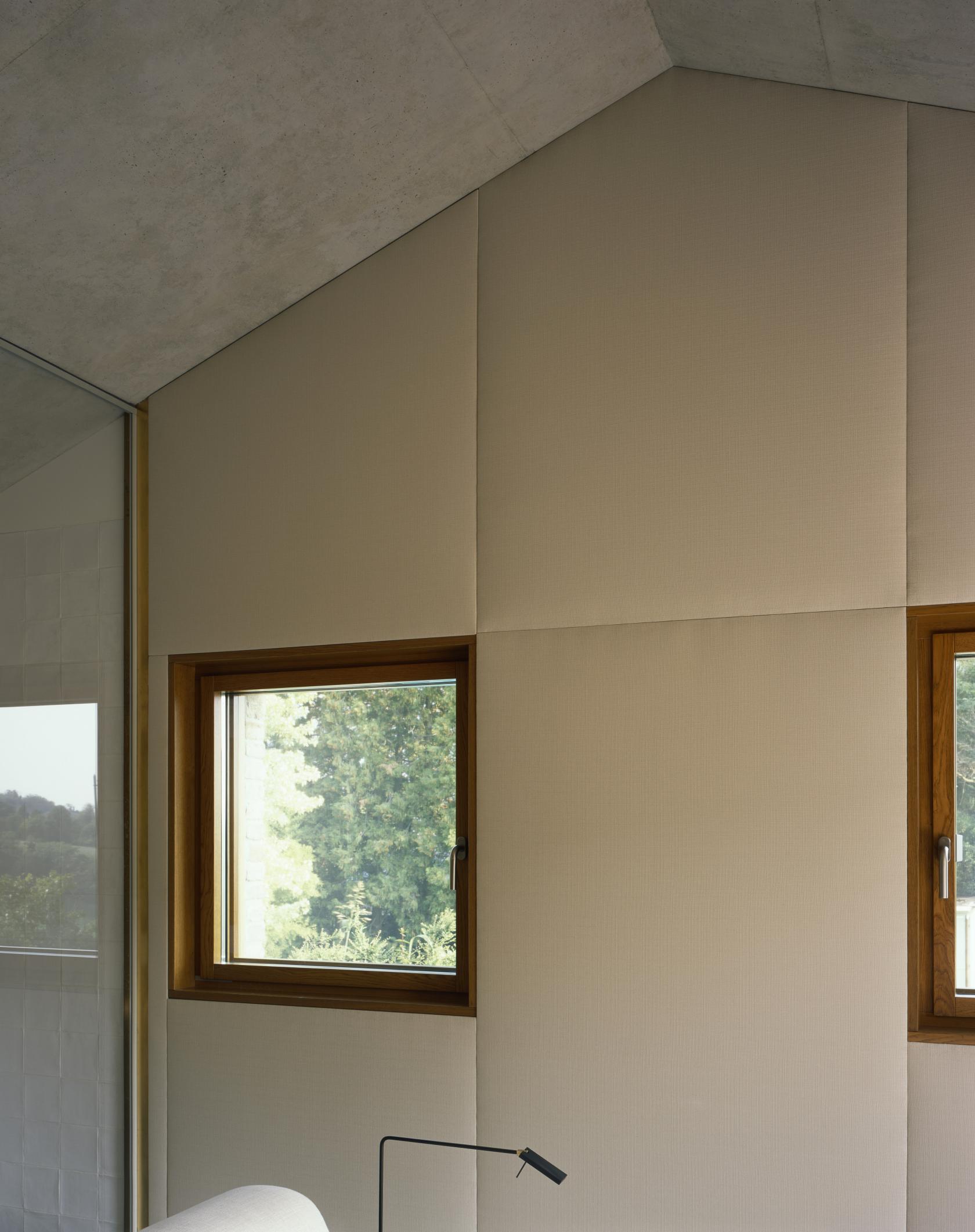

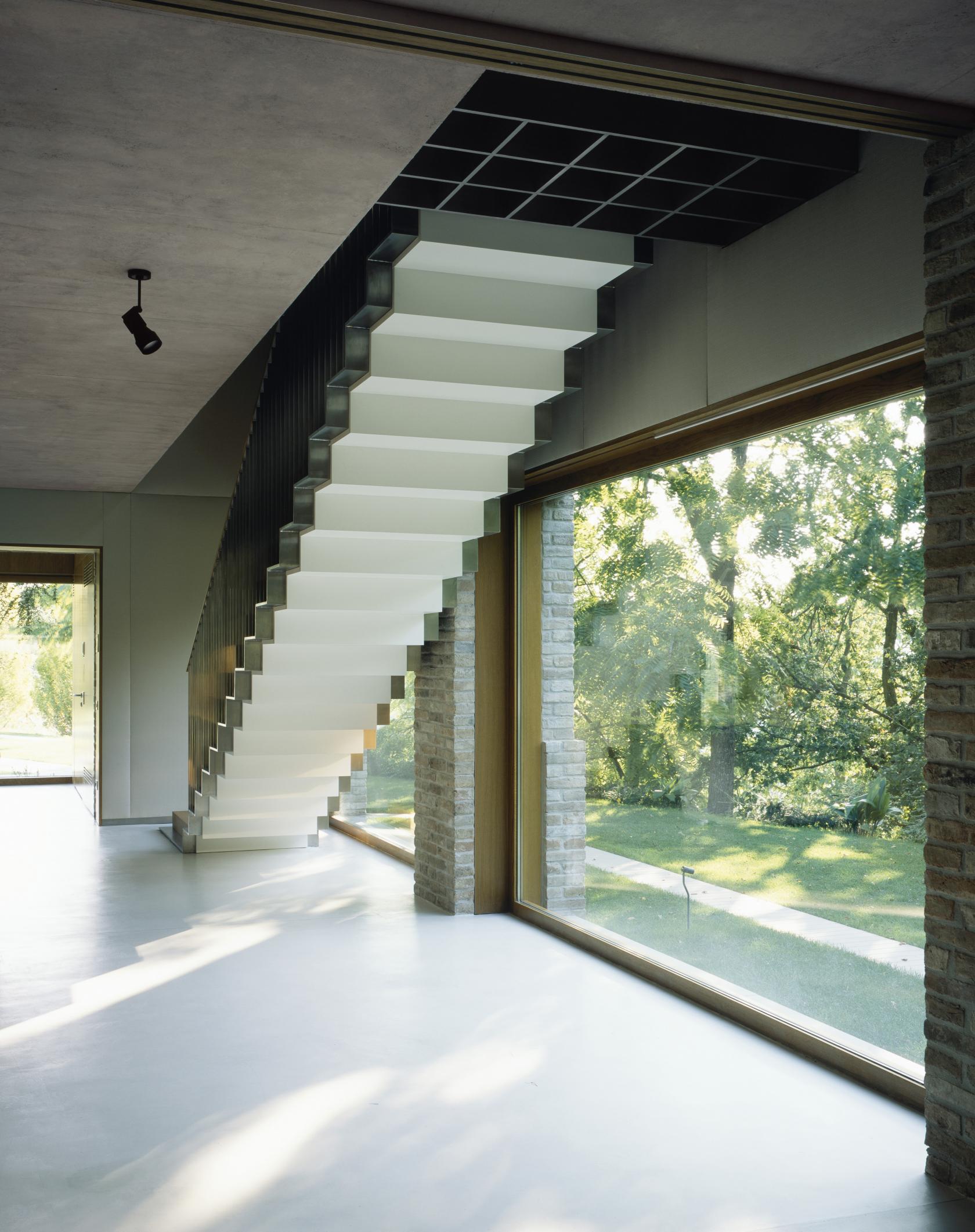

Information
Receive our daily digest of inspiration, escapism and design stories from around the world direct to your inbox.
Harriet Thorpe is a writer, journalist and editor covering architecture, design and culture, with particular interest in sustainability, 20th-century architecture and community. After studying History of Art at the School of Oriental and African Studies (SOAS) and Journalism at City University in London, she developed her interest in architecture working at Wallpaper* magazine and today contributes to Wallpaper*, The World of Interiors and Icon magazine, amongst other titles. She is author of The Sustainable City (2022, Hoxton Mini Press), a book about sustainable architecture in London, and the Modern Cambridge Map (2023, Blue Crow Media), a map of 20th-century architecture in Cambridge, the city where she grew up.
-
 New tech dedicated to home health, personal wellness and mapping your metrics
New tech dedicated to home health, personal wellness and mapping your metricsWe round up the latest offerings in the smart health scene, from trackers for every conceivable metric from sugar to sleep, through to therapeutic furniture and ultra intelligent toothbrushes
-
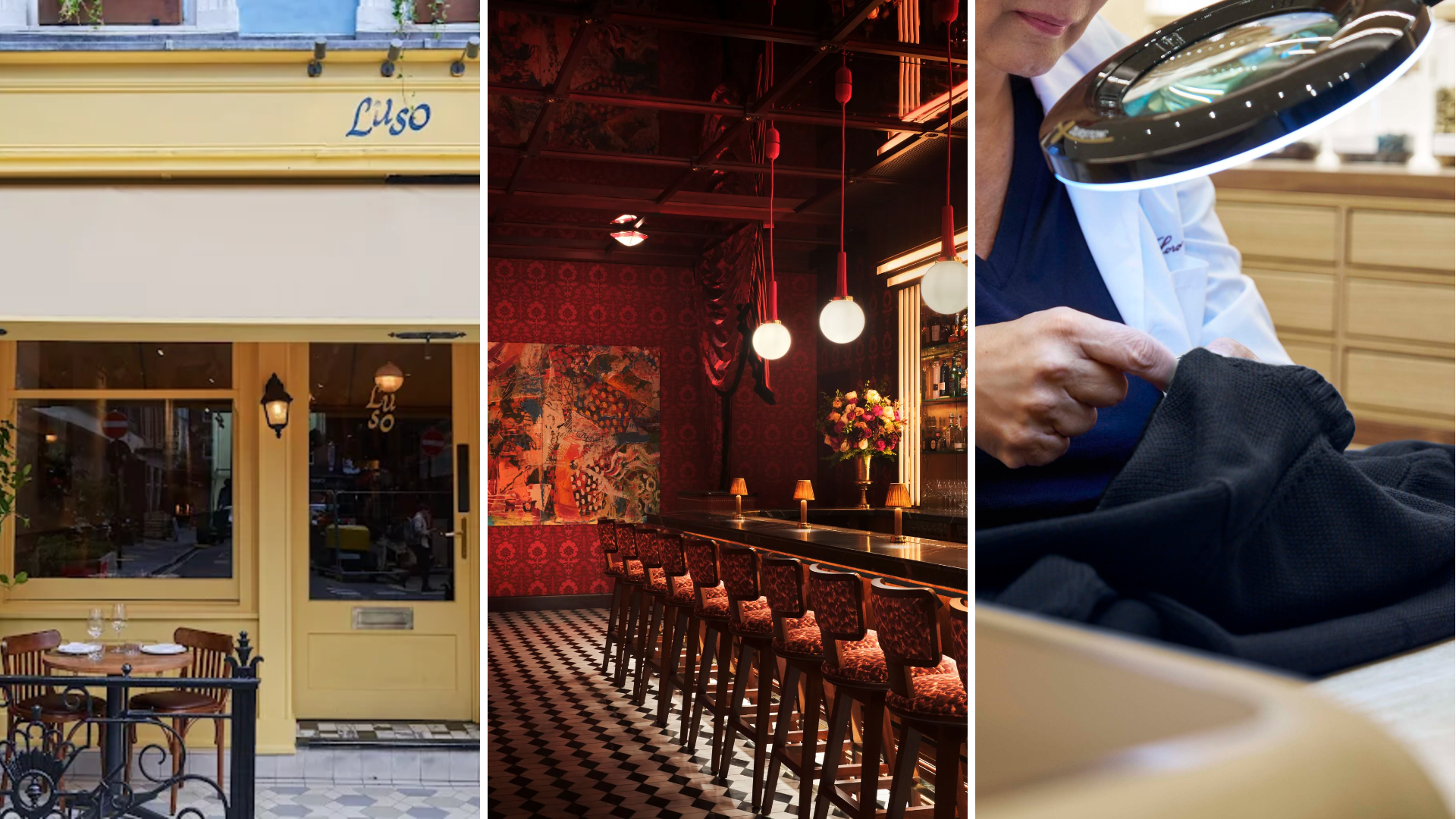 Out of office: The Wallpaper* editors’ picks of the week
Out of office: The Wallpaper* editors’ picks of the week'Tis the season for eating and drinking, and the Wallpaper* team embraced it wholeheartedly this week. Elsewhere: the best spot in Milan for clothing repairs and outdoor swimming in December
-
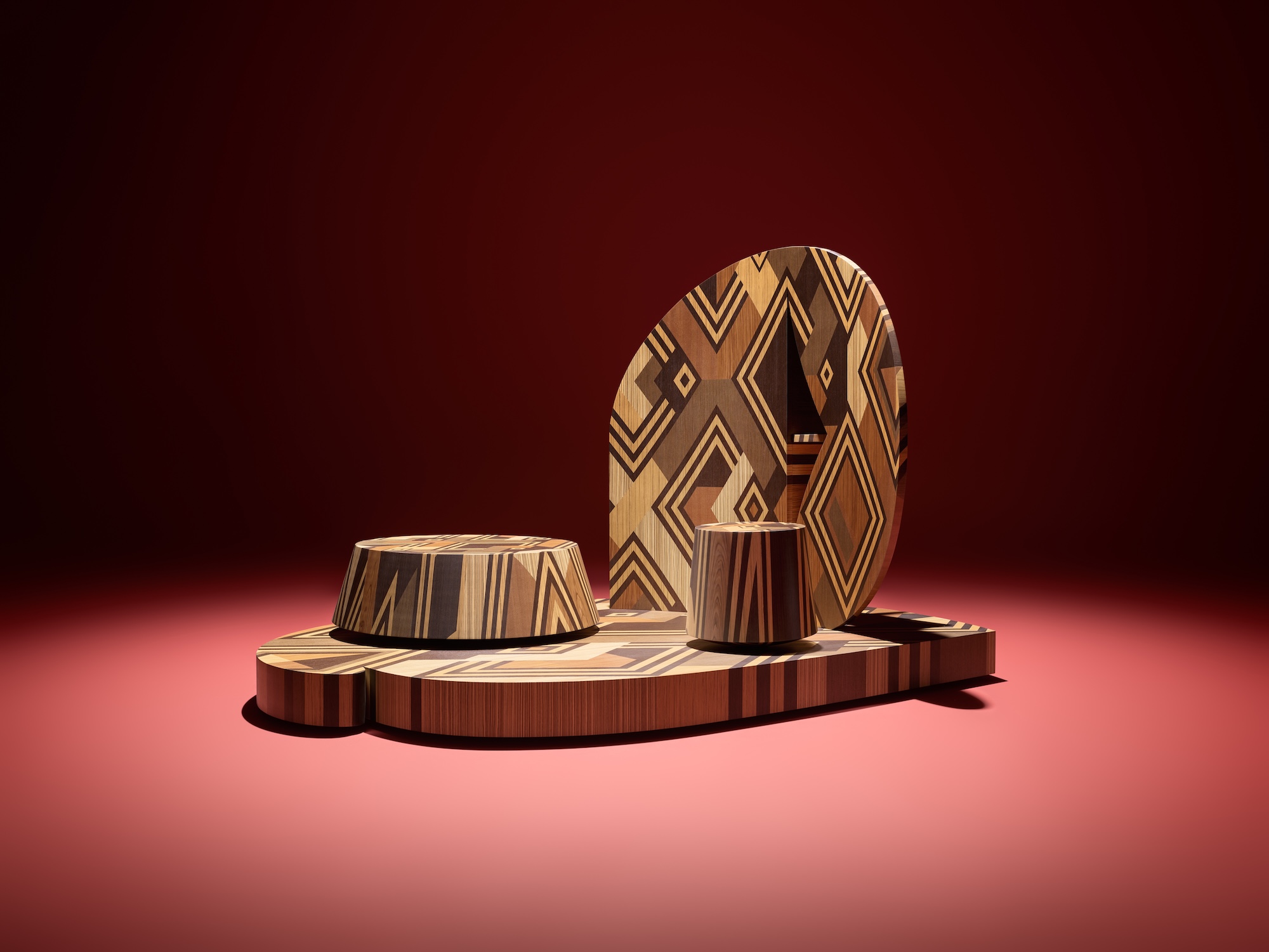 How Stephen Burks Man Made is bringing the story of a centuries-old African textile to an entirely new audience
How Stephen Burks Man Made is bringing the story of a centuries-old African textile to an entirely new audienceAfter researching the time-honoured craft of Kuba cloth, designers Stephen Burks and Malika Leiper have teamed up with Italian company Alpi on a dynamic new product
-
 The Architecture Edit: Wallpaper’s houses of the month
The Architecture Edit: Wallpaper’s houses of the monthFrom wineries-turned-music studios to fire-resistant holiday homes, these are the properties that have most impressed the Wallpaper* editors this month
-
 Modernist Palazzo Mondadori’s workspace gets a playful Carlo Ratti refresh
Modernist Palazzo Mondadori’s workspace gets a playful Carlo Ratti refreshArchitect Carlo Ratti reimagines the offices in Palazzo Mondadori, the seminal work by Brazilian master Oscar Niemeyer in Milan
-
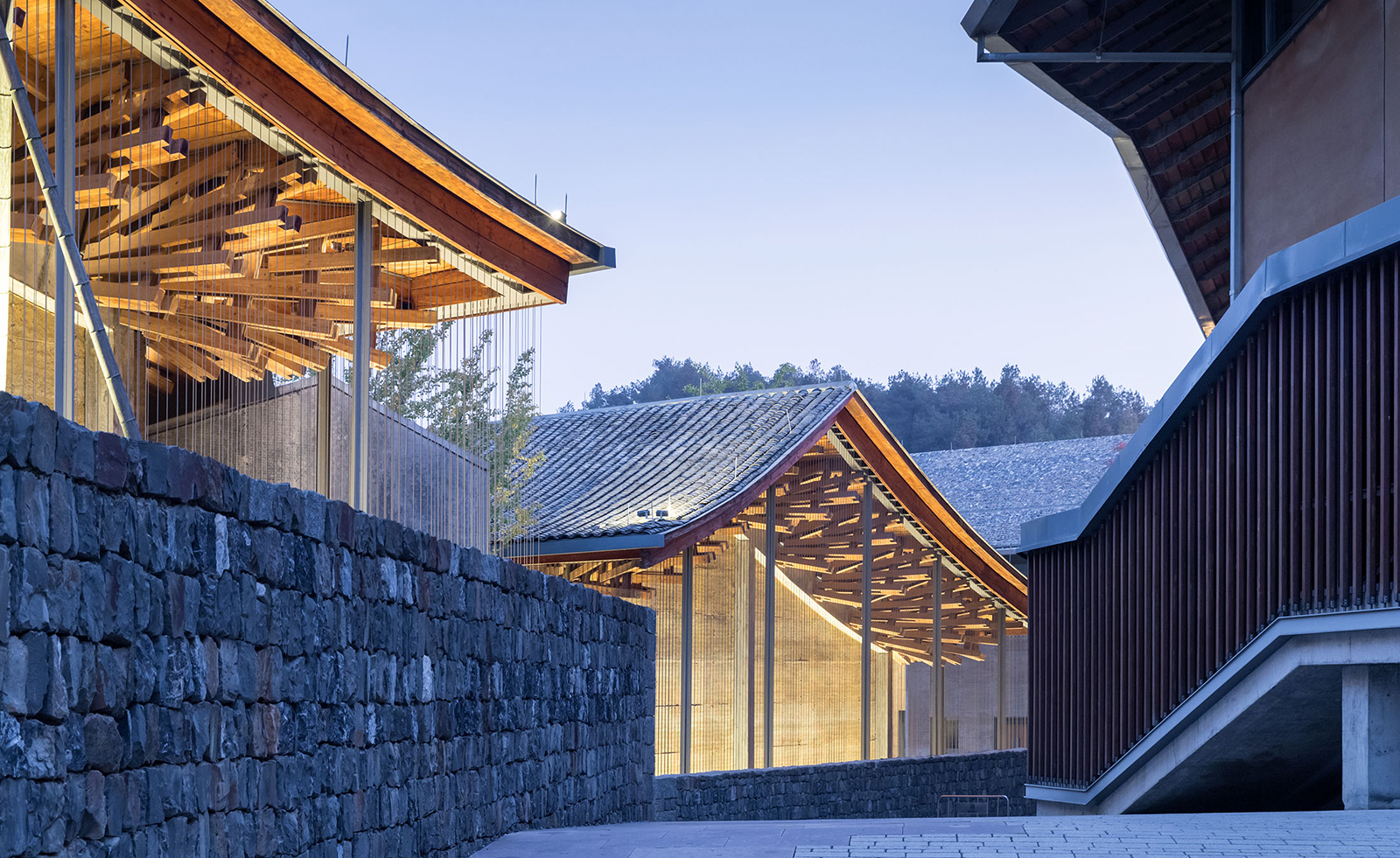 Wang Shu and Lu Wenyu to curate the 2027 Venice Architecture Biennale
Wang Shu and Lu Wenyu to curate the 2027 Venice Architecture BiennaleChinese architects Wang Shu and Lu Wenyu have been revealed as the curators of the 2027 Venice Architecture Biennale
-
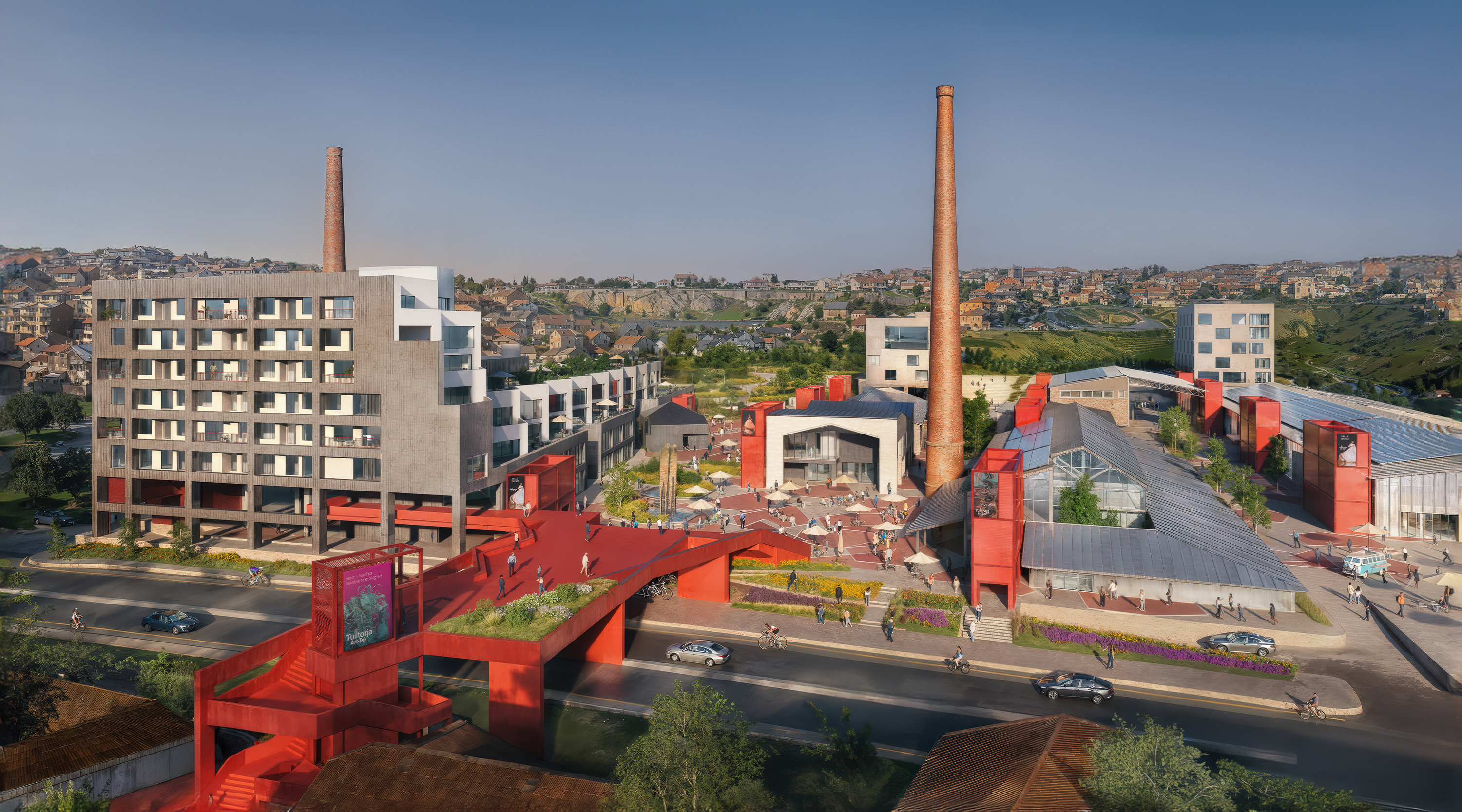 At the Holcim Foundation Forum and its Grand Prizes, sustainability is both urgent and hopeful
At the Holcim Foundation Forum and its Grand Prizes, sustainability is both urgent and hopefulThe Holcim Foundation Forum just took place in Venice, culminating in the announcement of the organisation's Grand Prizes, the projects especially honoured among 20 previously announced winning designs
-
 Carlo Ratti reflects on his bold Venice Architecture Biennale as it closes this weekend
Carlo Ratti reflects on his bold Venice Architecture Biennale as it closes this weekendThe Venice Architecture Biennale opens with excitement and fanfare every two years; as the 2025 edition draws to a close, we take stock with its curator Carlo Ratti and ask him, what next?
-
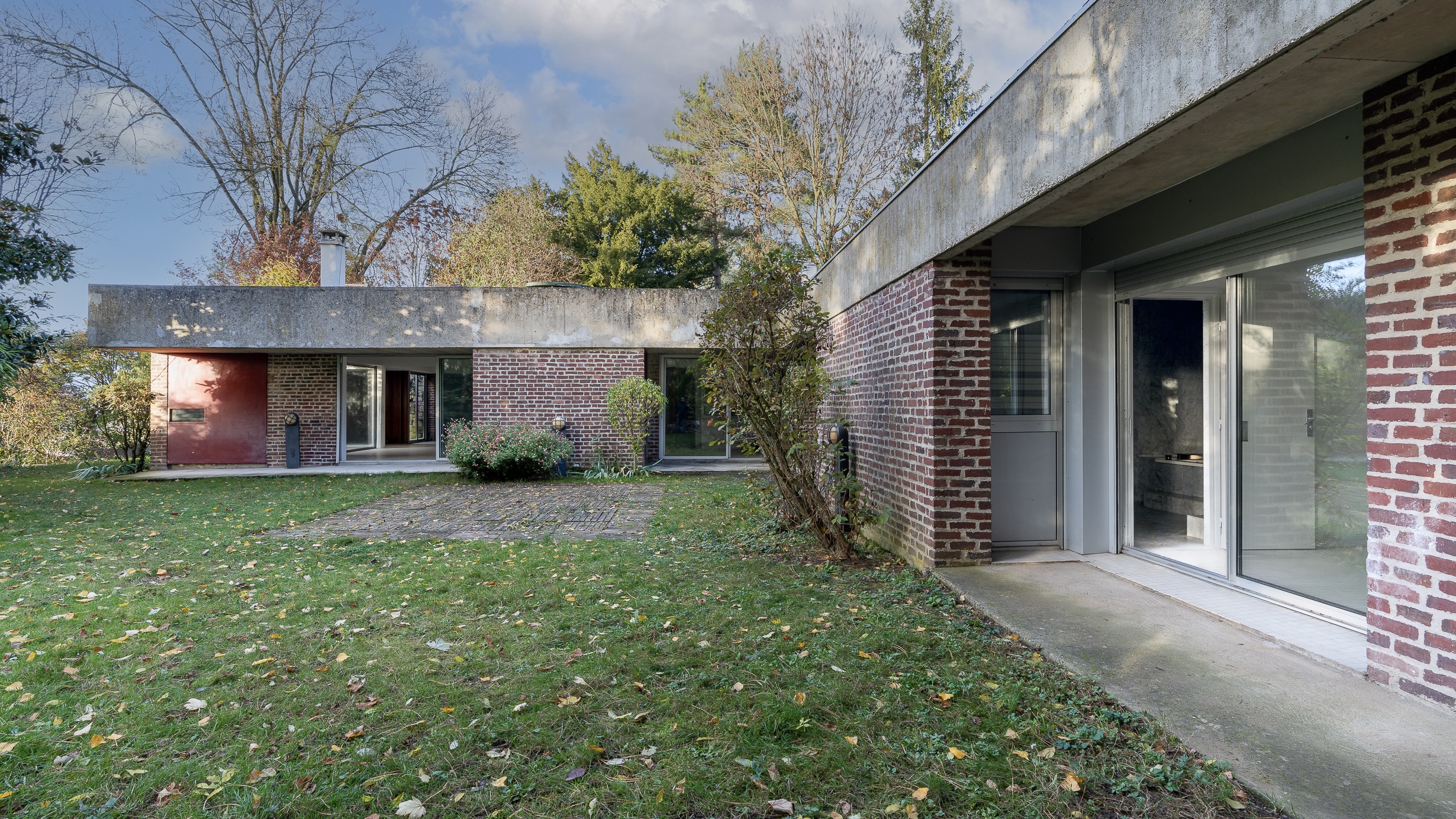 This modernist home, designed by a disciple of Le Corbusier, is on the market
This modernist home, designed by a disciple of Le Corbusier, is on the marketAndré Wogenscky was a long-time collaborator and chief assistant of Le Corbusier; he built this home, a case study for post-war modernism, in 1957
-
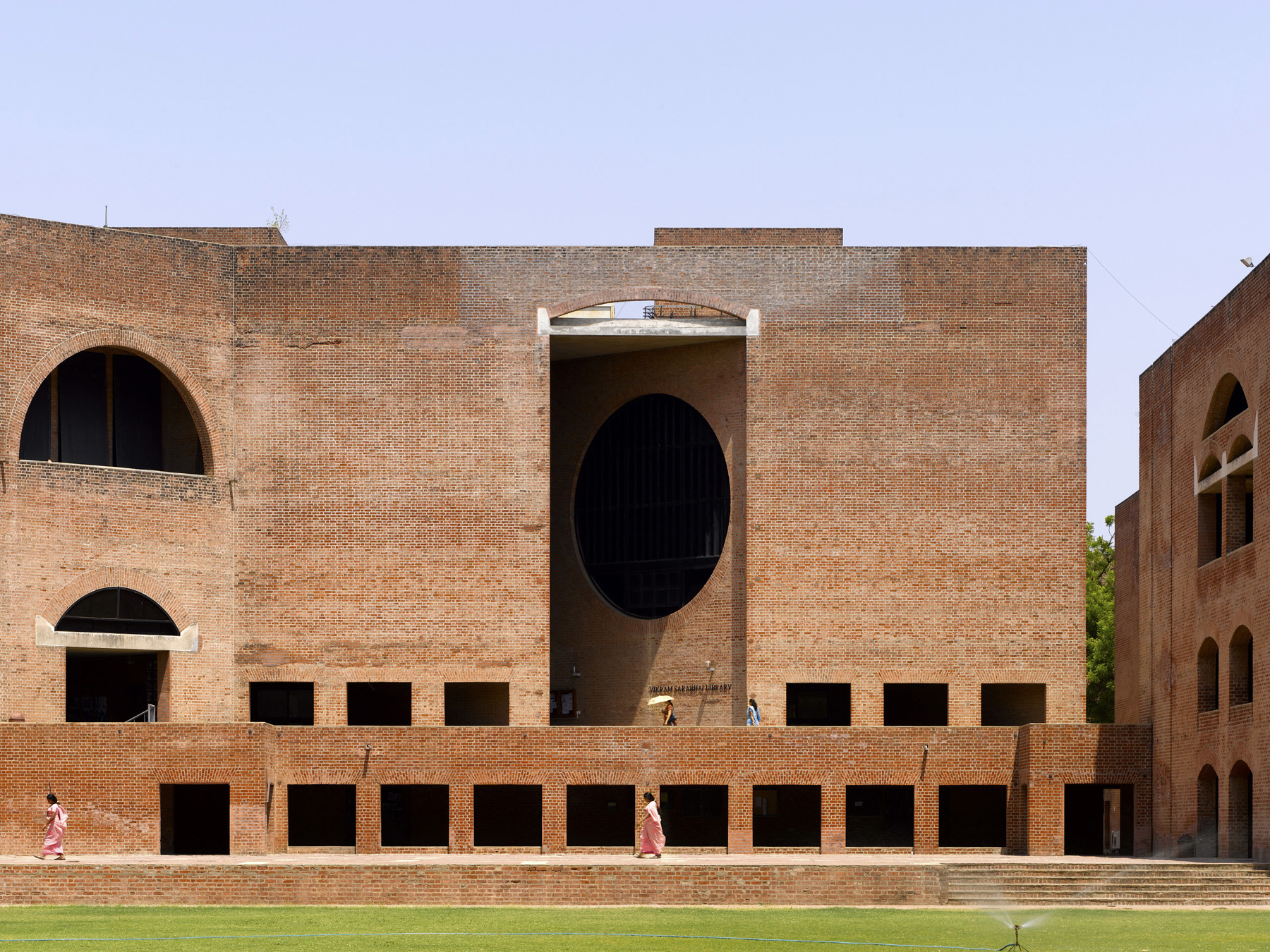 Louis Kahn, the modernist architect and the man behind the myth
Louis Kahn, the modernist architect and the man behind the mythWe chart the life and work of Louis Kahn, one of the 20th century’s most prominent modernists and a revered professional; yet his personal life meant he was also an architectural enigma
-
 The Architecture Edit: Wallpaper’s houses of the month
The Architecture Edit: Wallpaper’s houses of the monthFrom Malibu beach pads to cosy cabins blanketed in snow, Wallpaper* has featured some incredible homes this month. We profile our favourites below